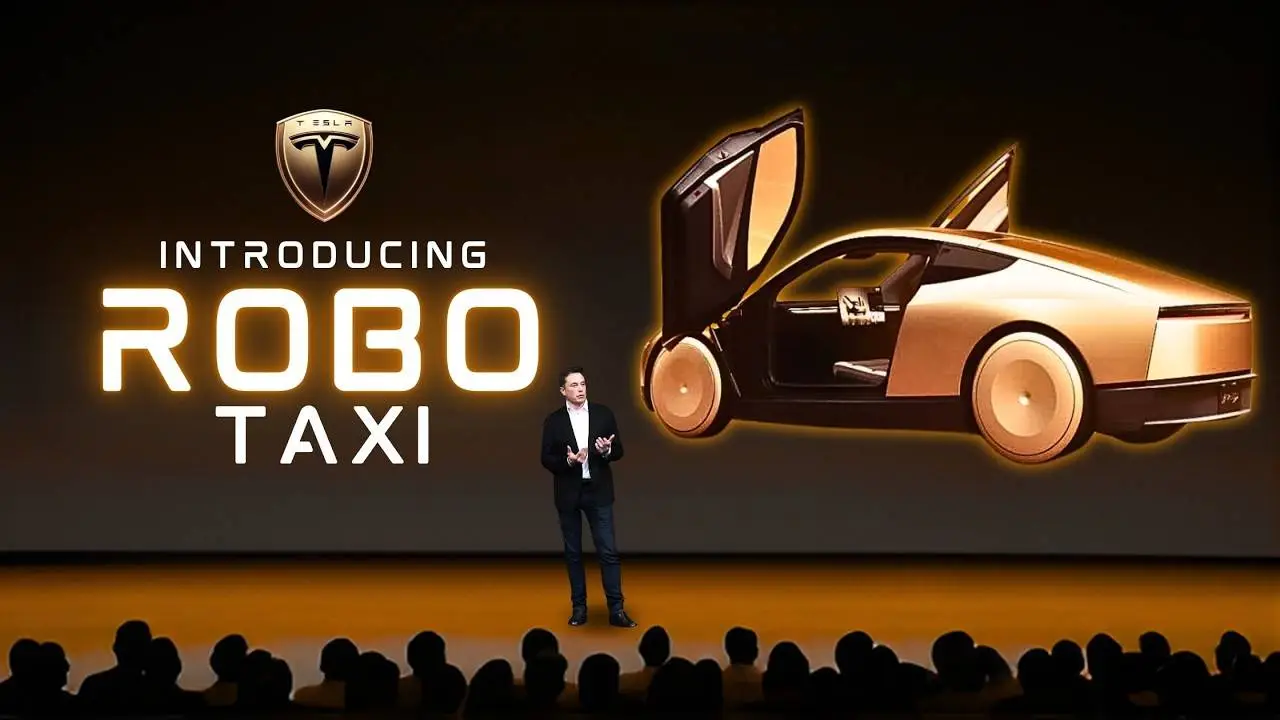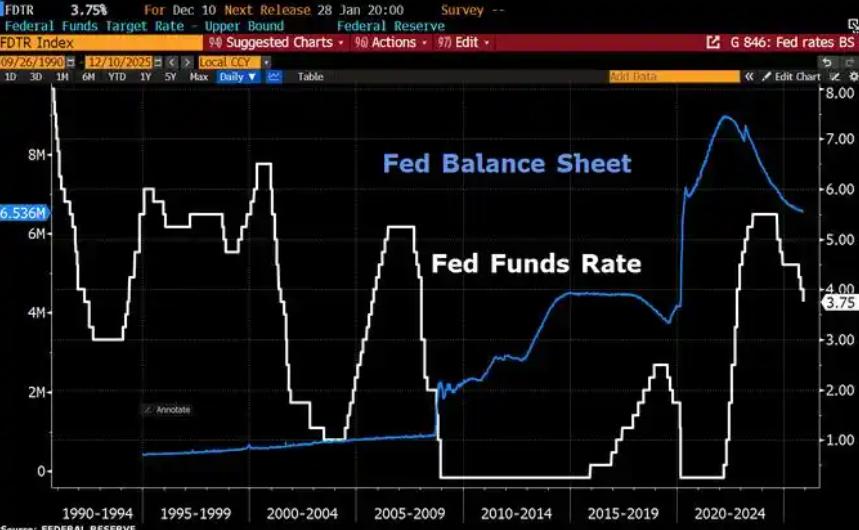
In today's rapidly developing technology, autonomous driving technology is undoubtedly one of the most eye-catching fields. As a leading figure in the industry, Musk and his Tesla have always been regarded as pioneers in the field of autonomous driving. However, the highly anticipated debut of Tesla Robotaxi suffered a "crash", triggering widespread attention and profound reflection. This incident not only raised doubts about Tesla's autonomous driving technology, but also sounded an alarm for the development of the entire industry.
From a technical perspective, Robotaxi's debut "rollover" exposed many shortcomings of current autonomous driving technology in dealing with complex road conditions. Although Tesla has invested heavily in the development of autonomous driving technology and made some progress, there is still a long way to go before truly achieving safe and reliable autonomous driving.
The urban road environment is complex and ever-changing, filled with various uncertain factors. The behavior of pedestrians, non motorized vehicles, and other vehicles is difficult to predict, and changes in traffic signals and road signs also require vehicles to be able to accurately identify and respond quickly. In its debut, Robotaxi frequently engaged in dangerous behaviors such as lane misjudgment, reverse driving, and sudden braking without warning, and even appeared at a loss when facing special situations such as police cars. These issues reflect the immaturity of its decision-making logic and the limitations of its perception system in complex environments.
The vehicle put into operation this time is a modified version of Model Y, not a model specifically designed for Robotaxi. There are many hidden dangers in the hardware adaptability and stability of modified vehicles, making it difficult to meet the strict requirements of autonomous taxis. At the same time, Tesla's designated operating area is extremely limited and deliberately avoids complex road conditions, attempting to control risks through this approach. However, even in such a simplified scenario, Robotaxi still faces numerous issues, which fully demonstrates that its technological level is far from meeting the standards required to cope with actual operations.
In addition, to ensure safety, each Robotaxi is equipped with a safety officer. However, during the debut, the safety officer frequently manually took over the vehicles, indicating serious reliability issues with the system. High frequency human intervention not only goes against the original intention of autonomous driving, but also raises doubts about the commercial prospects of Robotaxi. If a large amount of manual intervention is still required in actual operation, the cost advantage of Robotaxi will be greatly reduced, and its commercial value will also be seriously affected.
The regulatory and compliance standards for autonomous driving technology have not yet been unified globally, and countries are exploring how to promote the development and application of autonomous driving technology while ensuring public safety. After the Tesla Robotaxi's debut "overturned," the National Highway Traffic Safety Administration (NHTSA) quickly launched an investigation and demanded that Tesla provide an explanation for the vehicle's violation. This incident not only put Tesla under tremendous regulatory pressure, but also triggered widespread public concern about the safety and reliability of autonomous vehicles.
Tesla has not yet applied for an NHTSA exemption for the CyberCab without a steering wheel, and even if approved, it will only allow deployment of a maximum of 2500 vehicles per year, which is far from Musk's goal of a million vehicles. At the same time, Tesla also has obvious shortcomings in data security, as it has not clearly stated how to protect the environment and passenger data collected by vehicles. Against the backdrop of strengthened data privacy regulations in Europe and America, this undoubtedly exacerbates the public's trust crisis in Tesla. If regulatory and compliance issues cannot be properly addressed, the commercialization process of Tesla Robotaxi will be severely hindered.
As a highly influential entrepreneur and technology leader, Musk has always been adept at depicting grand future blueprints and inspiring the public's infinite imagination of new technologies. He is no exception in the Robotaxi project. For a long time, Musk has conveyed signals to the public through various channels that Robotaxi is about to be commercialized on a large scale, making people full of expectations for this disruptive mode of transportation. However, the "crash" of the debut shattered people's expectations in an instant, and the huge psychological gap led to a sharp decline in public trust in Tesla and Robotaxi.
From a broader perspective, the Robotaxi debut "crash" incident also provides valuable lessons for the entire autonomous driving industry. It reminds us that while pursuing technological innovation and commercial benefits, we cannot ignore the core elements of safety and reliability. The development of autonomous driving technology needs to follow scientific laws, conduct down-to-earth technological research and practical exploration, gradually overcome various technical difficulties, improve relevant regulations and standards, and enhance public acceptance and trust.

Since 2022, the Fed has cumulatively reduced its balance sheet by $2.4 trillion through quantitative tightening (QT) policies, leading to a near depletion of liquidity in the financial system.
Since 2022, the Fed has cumulatively reduced its balance sh…
On December 11 local time, the White House once again spoke…
Fiji recently launched its first green finance classificati…
Recently, the European Commission fined Musk's X platform (…
At the end of 2025, the situation in the Caribbean suddenly…
The U.S. AI industry in 2025 is witnessing a feverish feast…